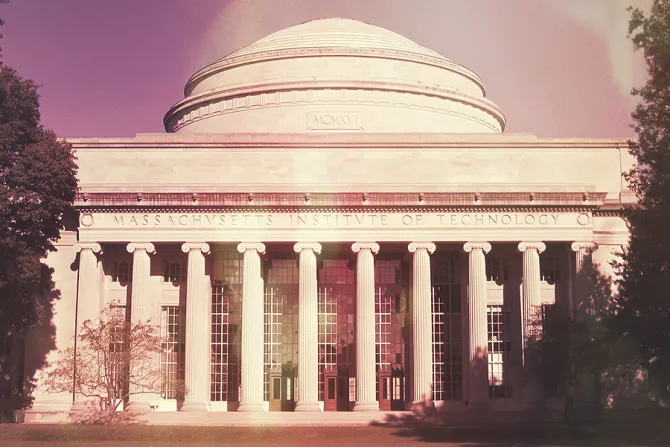Boston, Mass., Nov 12, 2016 / 16:01 pm
The Society of Catholic Scientists will hold its first ever Gold Mass on Nov. 15, the feast day of St. Albert the Great, patron saint of scientists.
The Mass will be held at the Massachusetts Institute of Technology's (MIT) chapel on Tuesday at 5:15 p.m., and both science educators and students are welcome to attend. The event is co-sponsored by the Tech Catholic Community, the Catholic Student group at MIT.
The Society of Catholic Scientists is a recently formed group of American Catholic scientists as well as undergraduate, graduate or postdoctoral students pursuing research in a natural science. It is under the guidance of Archbishop Charles Chaput and a board of seven scientists.
Although many people tend to see a contradiction between faith and science, the Society of Catholic Scientists says on its website that it exists to "witness to the harmony between the vocation of scientist and the life of faith."
The group also aims to foster fellowship among Catholic scientists and to serve as a resource and discussion forum for those who have questions about science and faith. The Society also states that it "adheres to the faith of the Catholic Church and will always operate with due regard to her magisterium."
Pope John Paul II once encouraged this very kind of collaboration among Catholic scientists in a 1979 speech to the Pontifical Academy of Sciences, in which he said:
"Those members of the Church who are either themselves active scientists, or in some special cases both scientists and theologians, could serve as a key resource. They can also provide a much-needed ministry to others struggling to integrate the worlds of science and religion in their own intellectual and spiritual lives."
According to The Boston Pilot, the reason the Society's first Mass is being called a Gold Mass is because it is the color of the hoods worn by those graduating with a Ph.D. in science and because St. Albert the Great was an alchemist who worked to turn base metals into gold.
(Story continues below)
St. Albert, a 13th century German Dominican friar, is one of 36 doctors of the Church. His interests and study included the natural sciences as well as mathematics, astronomy, philosophy, ethics, economics, politics, and metaphysics. His 40 volumes of writing on the natural sciences served as an encyclopedia at the time, and he was also instrumental in pioneering the inductive method of reasoning and introducing the writings of Aristotle to the West.
The Gold Mass follows the tradition of Masses for other professions, such as Red Masses for lawyers, White Masses for medical professionals, and Blue Masses for police officers.
Father Nicanor Austriaco, O.P. who will celebrate the first Gold Mass, told The Boston Pilot that he hopes the Mass and Society will show young people that they do not have to choose between science and their faith.
"Faith and reason are both gifts from God. Science is just one expression of how the human person uses reason to interrogate reality," he said.
His sentiments echo those of Pope John Paul II, who said in his encyclical "Fides et Ratio" that "Faith and reason are like two wings on which the human spirit rises to the contemplation of truth."
MIT's Catholic chaplain Father Daniel Moloney told The Boston Pilot that St. Albert the Great and other Catholic scientists have long understood that God added a rationally discernable order to the universe.
"Lots of people assume that if you are a religious believer, you're either stupid or that you turn off your rationality when it comes to the questions to which religion is the response," he said. "Very often scientists work in an environment today that is almost always indifferent but sometimes even hostile to their faith."
However, he said, "Catholic scientists can be a bridge between the world of faith and the world of science."


